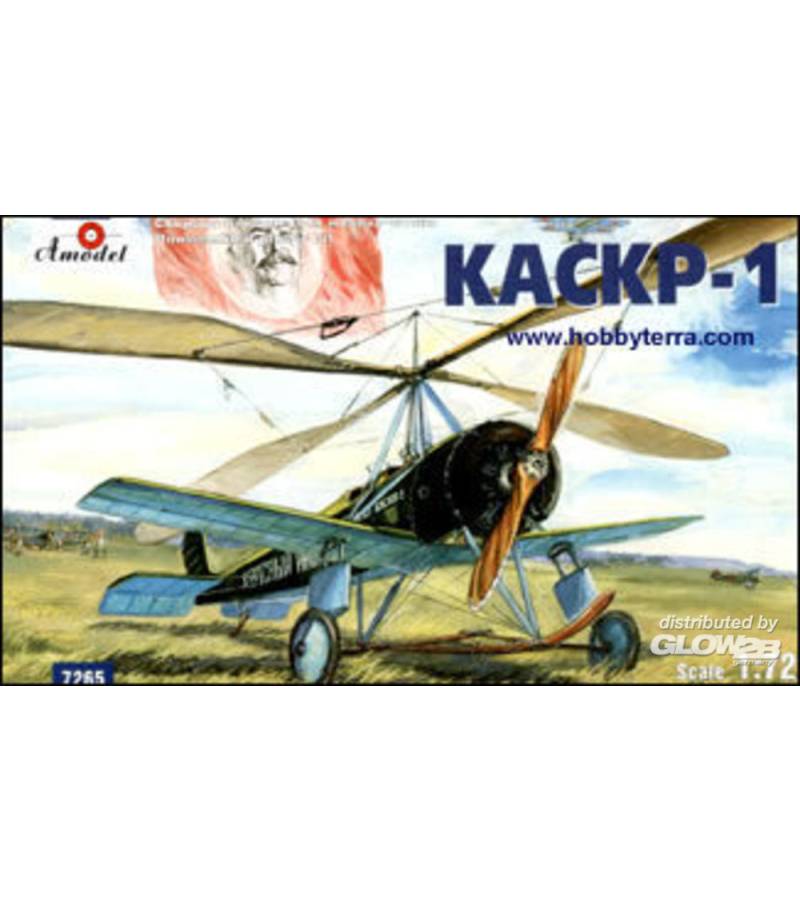The KASKR-2 was a prototype Soviet gyroplane from the interwar period. The machine was built in 1929, and its flight took place in the same year or a year later (1930). The drive was provided by a single Gnome-Rhone Titan engine with 230 HP. The machine was 9.3 m long with a wingspan of 8 m and a rotor diameter of 12 m. The gyroplane or autogyro KASKR-2 was largely developed by the later famous helicopter designer Nikolai Kamov. In essence, it was an evolutionary development of the previous machine of this type from 1929 - the KASKR-1. Compared to its predecessor, however, it had a more powerful drive unit, as well as a slightly reinforced structure. Externally, however, both structures were very similar to each other. It is worth adding that both were based on the Cierva C-8 gyroplane. In practice, the KASKR-2 was used only for tests and experiments and to check the volatile properties of machines of this type.






